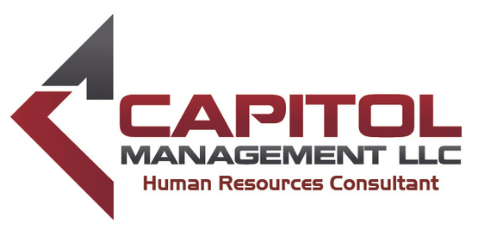
Employee Engagement for Remote Workers
The fundamentals of engaging remote employees aren’t much different than engaging employees in a physical work environment. However, the methods used to engage employees do change and ensuring that you are engaging your remote workforce will be crucial in maintaining high productivity amongst them.
Here are some of the key methods of engaging your remote workforce:
- Communication. Employees who aren’t in the office can feel as if they are not in the mix of things. At times, employees can go for hours or even days without verbally communicating with peers or managers. Therefore, prioritizing communication with remote employees is key to keeping them engaged and maintaining a high-level of engagement. You can prioritize communication by randomly checking-in with employees to see how they are doing, scheduling regular one-on-one check-ins between you (the manager) and them. Another method that has become popular is the use of group chats where you add the entire team into one single group chat that encourages communication amongst everyone.
- Clear & Preestablished Expectations. Managers must ensure that employees have a clear understanding of what is expected of them. For example, employees should know what hours you want them working, what projects or tasks they are assigned to, and if they are required to attend any virtual meetings. Managers can use this to their advantage by having daily start-of-shift calls that can double as a form of engaging communication while setting expectations.
- Recognition. When employees are remote, they may not get the amount of recognition that an on-site employee might get. Therefore, it’s the manager’s job to make a conscious effort to reach out to the employee and let them know that they are doing a good job, this helps the employee feel praised and not forgotten. Also, managers can take advantage of these opportunities by recognizing employees in the team’s group chat, this will help foster a remote culture of high-quality work and celebrating each other’s success.
- Demand Employee Work/Life Balance. Demand, don’t encourage, employee work/life balance. Yes, you read that right. Unfortunately, many employers claim they prioritize employee work/life balance but in reality, they don’t. Therefore, managers need to demand employee work/life balance and treat is as importantly as performance expectations. If managers can show that they value employee work/life balance as a top priority, then they are more likely to have a high performing and highly engaged team.
- Collaboration. Remote employees can often feel isolated and lonely especially if they aren’t frequently communicating with people in the workplace. As mentioned above, managers should create some type of group chat to increase collaboration and communication. Managers can also use team-building exercises or assign projects and tasks to pairs so that they can work on them together instead of alone.
- Lead Up. Not only should the manager encourage collaboration amongst the team, but the manager should also be included in the collaboration. One major impact the manager can have is including their employees in some of their managerial duties and tasks. Managers can use this opportunity to develop employees by allowing them to participate in some of their duties while observing and providing real-time feedback. This not only fosters collaboration between the manager and the team, but it also prepares the employee for the next level and engages them throughout. This is a win-win for everyone.
